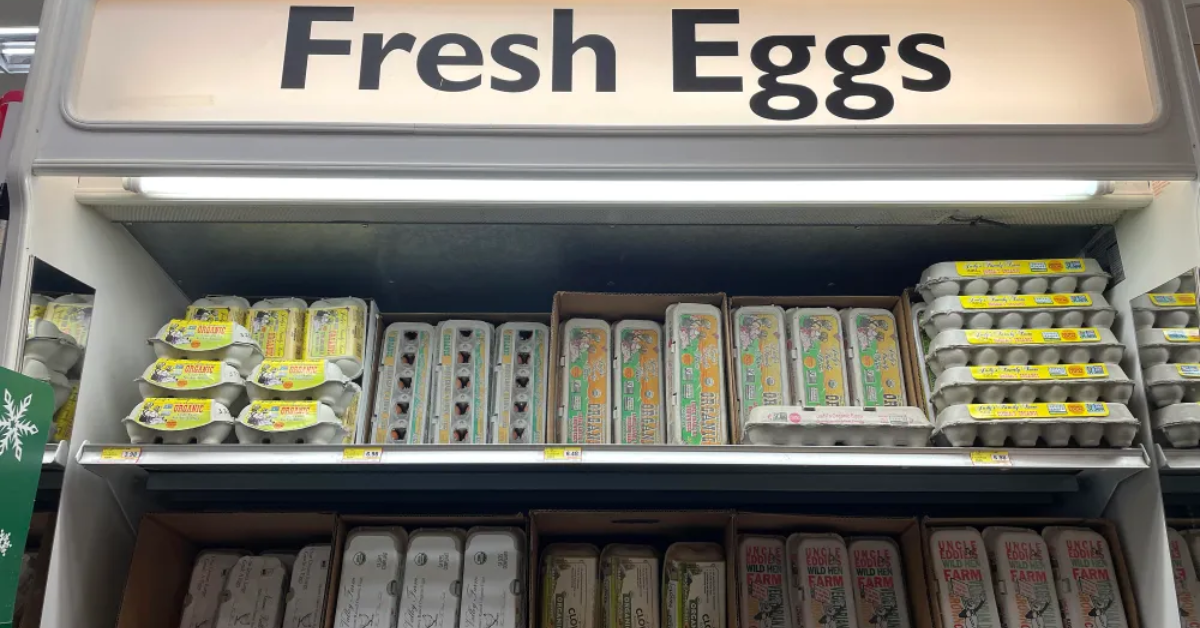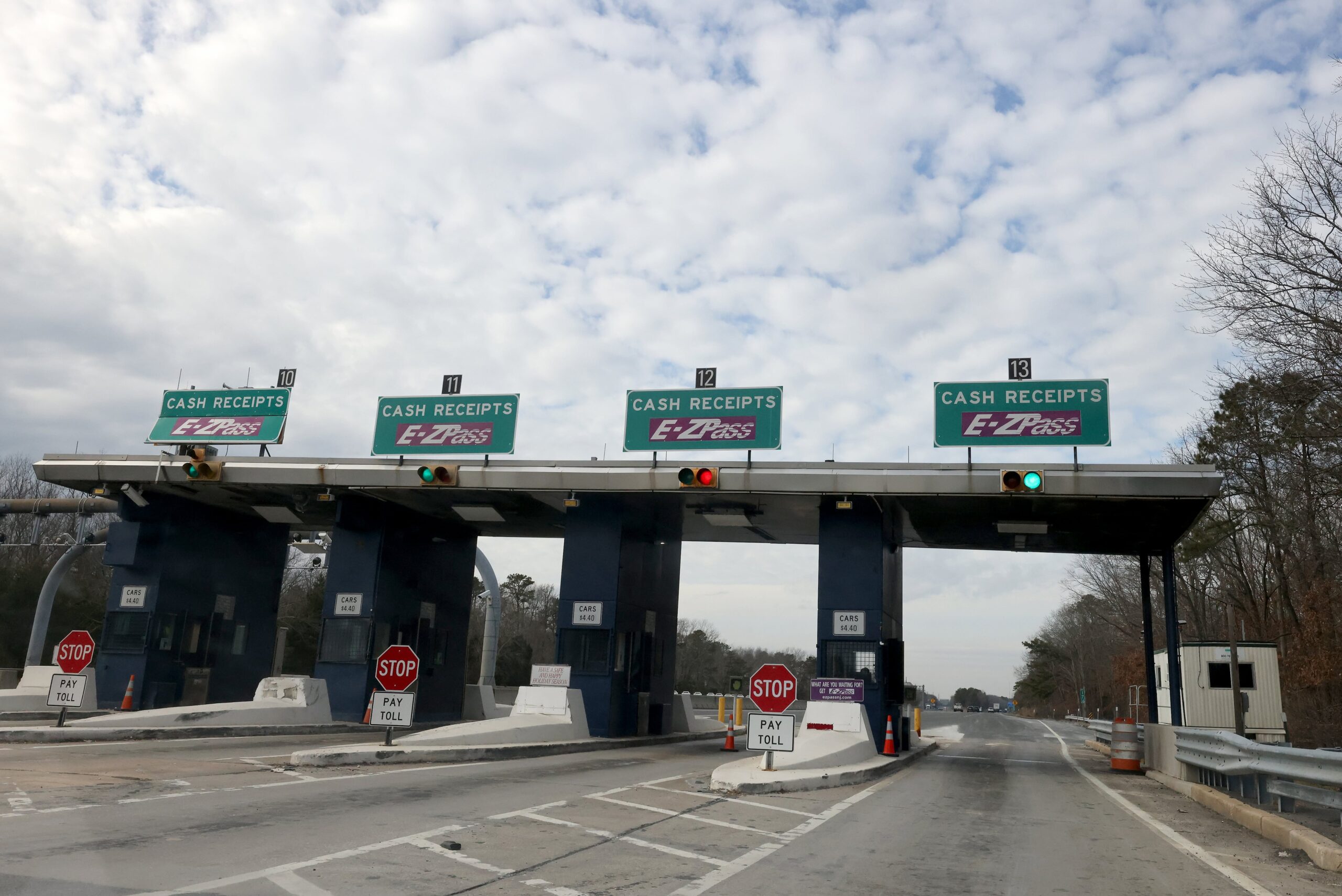California is grappling with unprecedented egg price hikes, with costs reaching nearly $9 per dozen in some areas. This surge is primarily attributed to a severe avian influenza outbreak that has decimated poultry populations across the state. As consumers and businesses feel the pinch, questions arise about when relief might be in sight.
The Avian Influenza Impact
The highly pathogenic avian influenza (HPAI), commonly known as bird flu, has wreaked havoc on California’s poultry industry. In December 2024 alone, the state reported nine confirmed HPAI cases, leading to the culling of nearly six million egg-laying hens. Counties such as Merced, Riverside, San Joaquin, and Stanislaus were particularly affected, with significant losses in their poultry populations.
This drastic reduction in the egg-laying flock has tightened supply chains, especially during the holiday season when demand traditionally peaks. The U.S. Department of Agriculture (USDA) noted that the combination of heightened holiday demand and substantial flock losses contributed to the sharp increase in egg prices.
Economic Ramifications
The immediate consequence of the avian flu outbreak is evident in the soaring egg prices. As of January 2025, a dozen large Grade A eggs in U.S. cities averaged $4.95, marking a significant increase from previous years.
In California, the situation is even more pronounced. The state’s stringent animal welfare regulations, such as Proposition 12, mandate larger cage sizes for egg-laying hens, increasing production costs. Additionally, higher transportation expenses due to fuel costs further elevate retail prices.
Impact on Consumers and Businesses
Consumers are bearing the brunt of these price hikes, with many expressing frustration over the escalating costs of a staple food item. Grocery stores have reported empty shelves, and some retailers have implemented purchase limits to manage the scarce supply.
Businesses, particularly those in the food service industry, are also feeling the strain. Restaurants that rely heavily on eggs for their menus are grappling with increased operational costs, leading some to adjust their offerings or raise prices to stay afloat.
Looking Ahead: Is Relief in Sight?
The outlook for egg prices remains uncertain. The USDA predicts that retail egg prices could continue to climb in early 2025 but may soften in the latter half of the year as supplies improve and demand stabilizes. However, this recovery is contingent upon controlling the avian flu outbreak and rebuilding poultry flocks, a process that could take several months.
Moreover, the persistence of HPAI in wild bird populations poses an ongoing threat, with the potential for new outbreaks to disrupt recovery efforts. The USDA continues to monitor the situation closely and has implemented measures to prevent further spread, including biosecurity protocols and surveillance programs.
Conclusion
California’s egg market is facing a challenging period marked by unprecedented price increases and supply shortages. While efforts are underway to address the avian flu outbreak and stabilize the market, consumers and businesses may need to brace for continued volatility in the near term.
Disclaimer: This article has been meticulously fact-checked by our team to ensure accuracy and uphold transparency. We strive to deliver trustworthy and dependable content to our readers.








